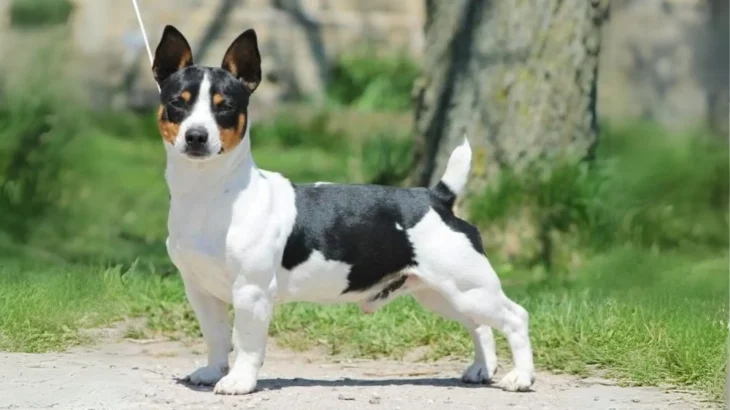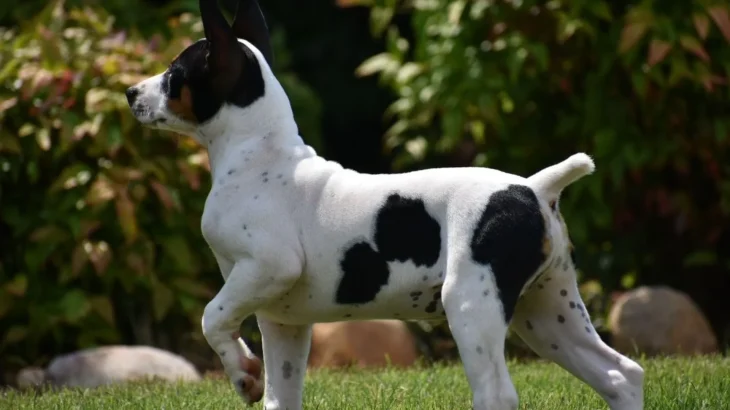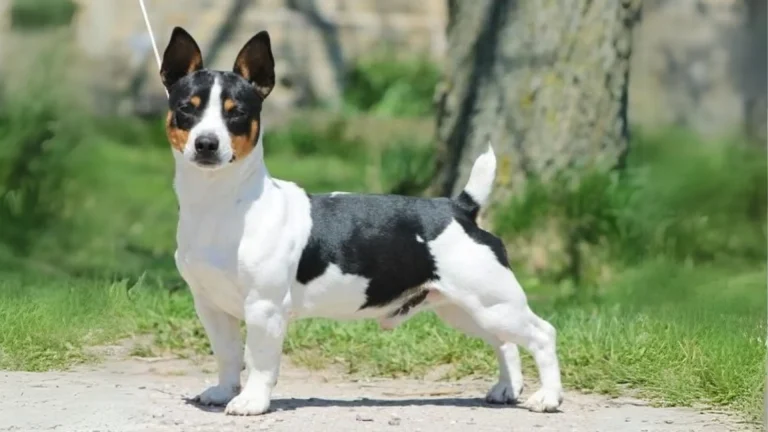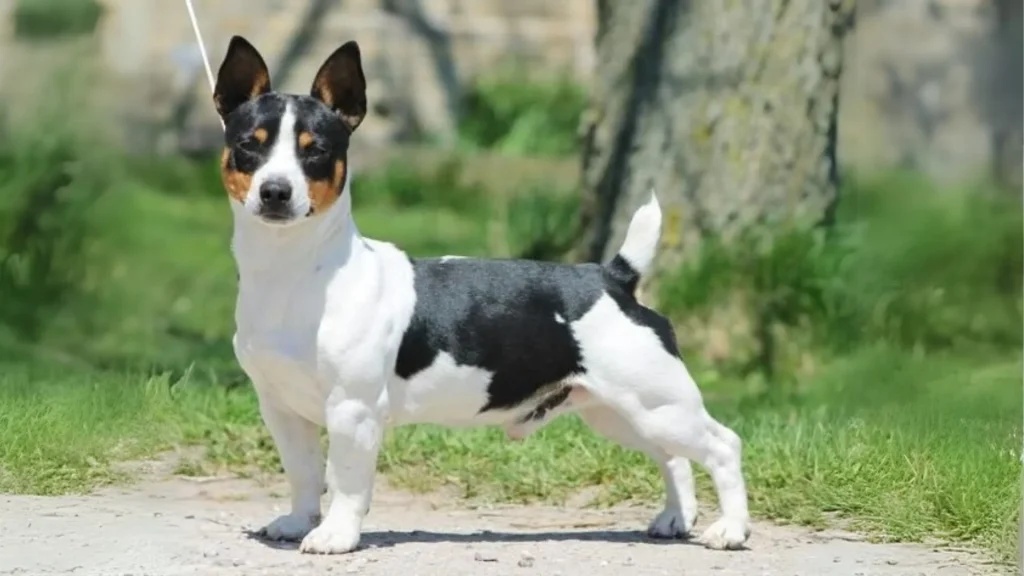When deciding between adopting or purchasing a Teddy Roosevelt Terrier puppy, the choice often depends on availability and your preferences regarding health history and support. Because the breed is relatively rare, finding a puppy from a reputable breeder might require patience, while adopting may occasionally be an option through rescue groups or shelters.
Adoption vs. Breeder: Pros & Cons
| Criteria | Buying from Breeder | Adopting from Shelter/Rescue |
|---|---|---|
| Cost | Higher initial cost due to breed rarity and pedigree. | Lower adoption fees, typically more affordable. |
| Health History | Detailed health records and genetic screening usually provided. | Health history may be unknown or limited, but basic health checks are done. |
| Age Availability | Usually available as puppies, allowing early socialization and training. | May include various ages, including adults or seniors. |
| Temperament Insight | Breeders can provide insights based on lineage and temperament traits. | Temperament observed by shelter staff, but background may be uncertain. |
| Supporting Practices | Supports ethical breeding programs when choosing reputable breeders. | Contributes directly to animal welfare by providing homes to dogs in need. |
| Breed Purity & Pedigree | Guarantee of breed purity and documented pedigree. | May include mixed breeds or undocumented lineage. |


















































